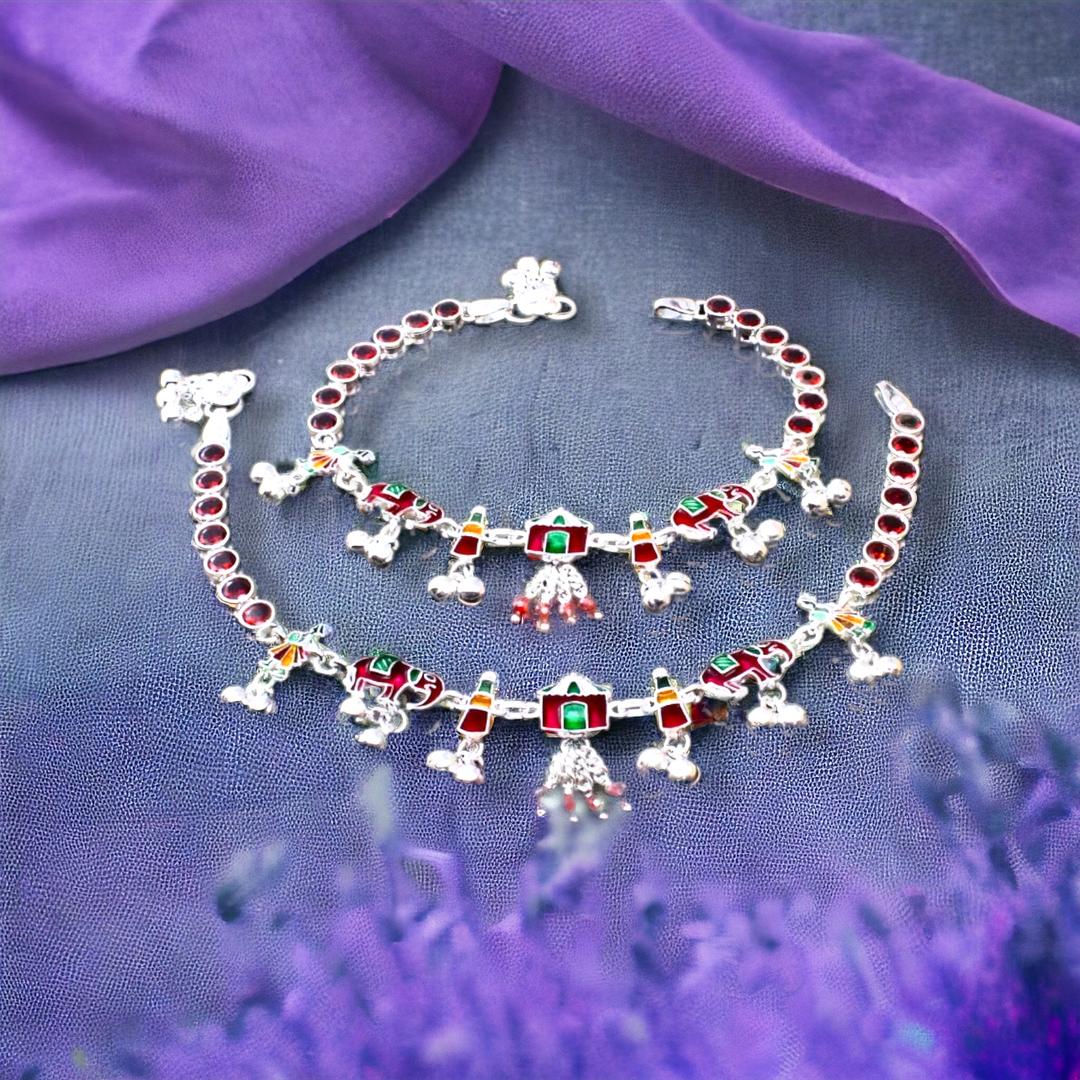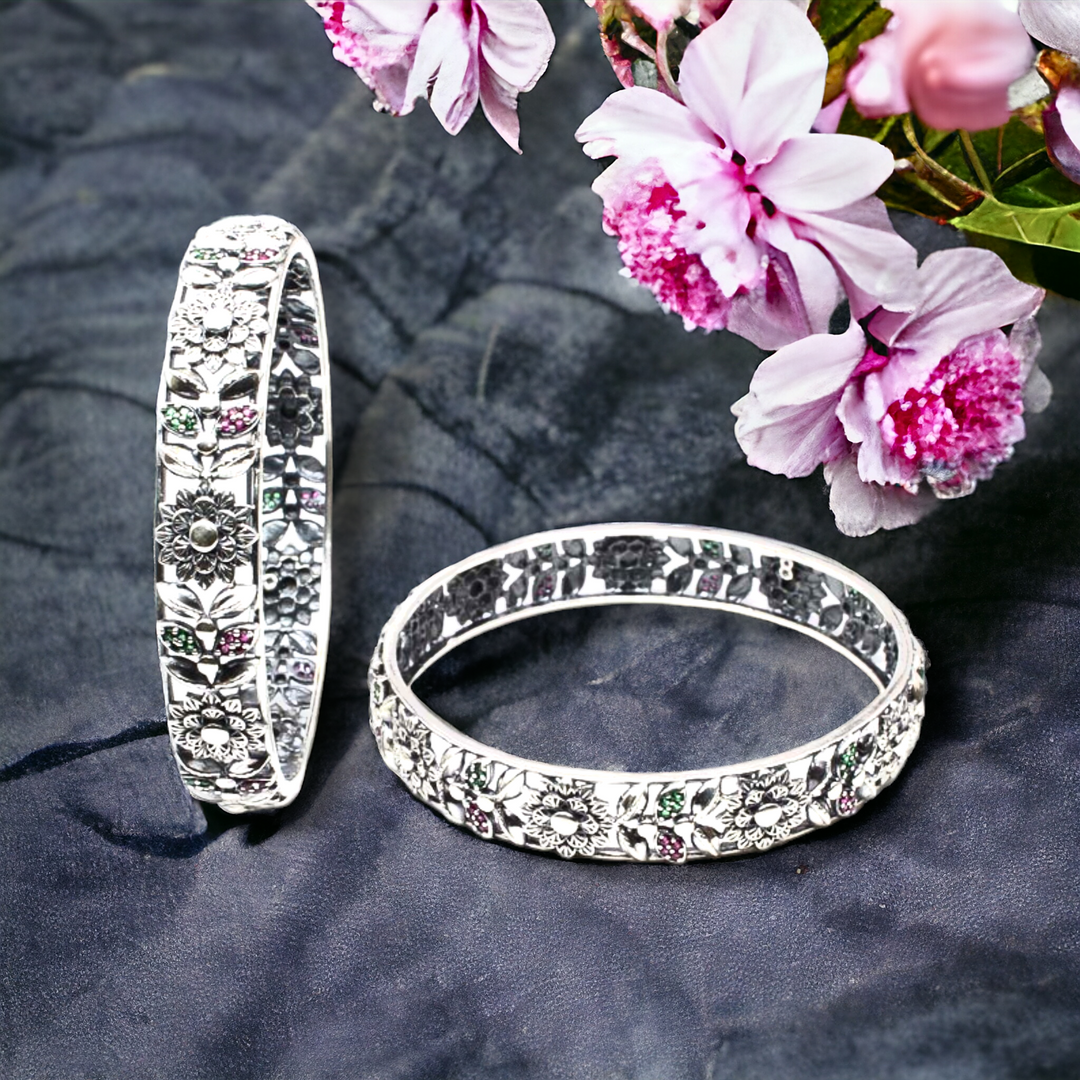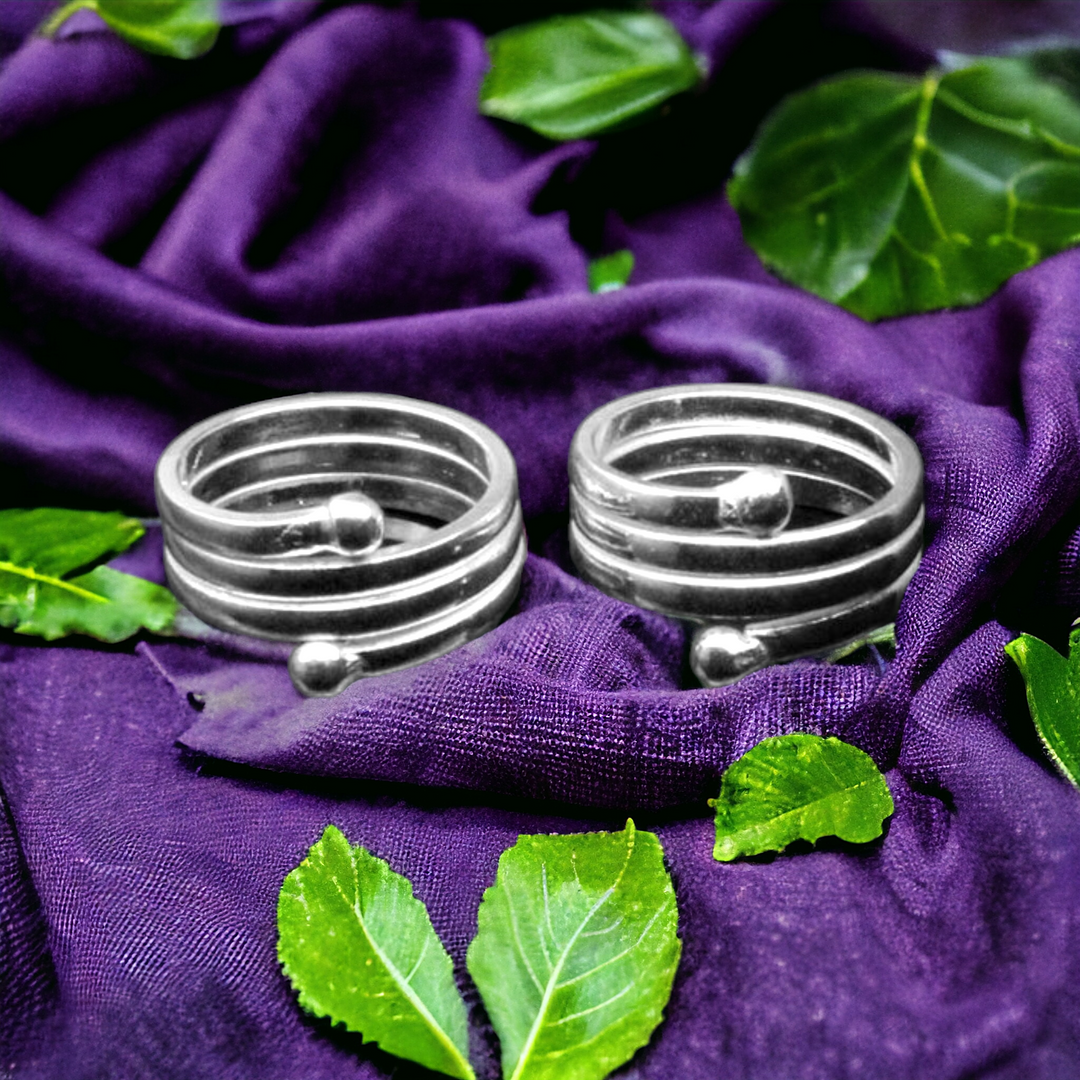Anklets Jewelry and its History- Karizma Jewels
"Anklets Jewelry and its History"
An anklet, also known as an ankle chain, ankle bracelet, or ankle string, is a charming ornament worn around the ankle mostly by ladies. Girls and women in the Indus Valley, South Asia, have been adorning barefoot anklets for over 8,000 years. Anklets are also known as pattilu, payal, golusu, or nupur. Egyptian women also started wearing these anklets since predynastic times, showcasing the enduring appeal of this accessory. Anklets, both casual and formal, gained popularity in the United States from the 1930s to the late 20th century, illustrating their versatility in the world of fashion. With anklets women's prefer to wear Toe rings also at that time and now also.
In Indian marriages, anklets play a crucial role, Bridal women worn these anklets alongside traditional Red saris, emphasizing their significance in cultural ceremonies. Occasionally, anklets on both ankles may be connected by a chain, a practice historically prevalent in Southeast Asia. Although this practice is followed by a few Western women today, it is a rare sight in public. See our Bridal Silver Anklets Collection.

History of Anklets:
Anklets in Egypt: Anklets were everyday ornaments worn by Egyptian women across social classes from predynastic times. Made from various metals, including gold, silver, and iron, they featured diverse shapes. Anklets made during the fourth, fifth, and sixth dynasties were often crafted with beads threaded in rows held together by spacer-bars.
Anklets in Europe: Bronze anklets have been discovered in temperate Europe, dating back to the Bronze Age and attributed to the Tumulus culture. In ancient Greece and Rome, periscelis, an anklet worn by women, showcased distinctions in social classes, with plebeians favoring silver anklets and patricians opting for gold.
Anklets in South Asia: Anklets have left their imprint during the Neolithic and chalcolithic periods at Mehrgarh. In Rajasthani culture, silver anklets signify tribal adherence and bravery, particularly among women. Various anklet varieties, such as Paunji Nupur and Padapadma, are part of the traditional jewelry in the eastern Indian state of Odisha.
Anklets in Sri Lanka: Dancers in Sri Lanka embellish both ankles with anklets, contributing to the vibrant visual appeal of traditional dance forms.
Anklets As a Jewelry Ornament: Anklets can be crafted from a variety of materials, including precious metals like silver and gold. Most people want silver anklets as gold anklets are very costlier and out of their budget, silver anklets are budget friendly and can be made in different designs. Nowadays anklets are made and categorized into different types like- Light weight anklets also called daily wear anklets.






